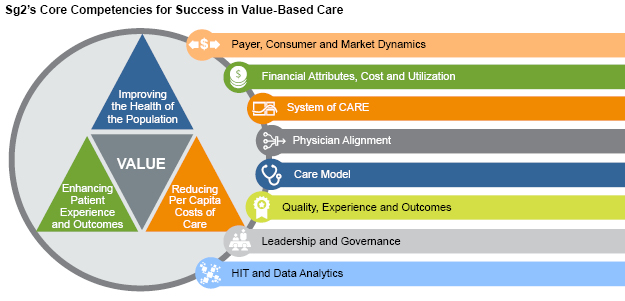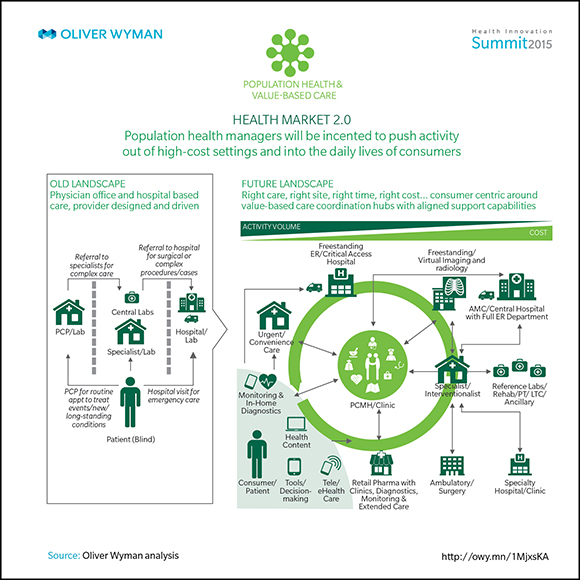Clinical psychologists especially those with training in a empirically supported transdiagnostic and process-based treatments Hayes Hofmann 2018 b research methods and c program evaluation are well-suited to lead the implementation of behavioral interventions in the new era of value-based care. Are there other value-based.
 Surviving Value Based Purchasing Linking Clinical And Financial Data
Surviving Value Based Purchasing Linking Clinical And Financial Data
Healthcare leaders discuss what key metrics their organizations use under value-based care.

Value based care metrics. There are 5 original value-based programs. Providers will be rated on their achievement and improvement over time in four areas. Essentially value based care models revolve around the patients treatment and how well a coordinated care team can improve patient outcomes based on certain metrics such as reducing hospital.
Their goal is to link provider performance of quality measures to provider payment. An emphasis on quality is a staple of value-based payment. The agency will measure 24 metrics in 2016 for its value-based purchasing program.
Figuring out the best way to measure physician performance is a critical consideration for policymakers focusing on the transition to value-based care. This article first appeared in the JanuaryFebruary 2017 issue of. Hospital Value-Based Purchasing Program.
Value Modifier VM Program also called the Physician Value-Based Modifier or PVBM Hospital Acquired Conditions Reduction Program. This model highlights care coordination through. Value-Based Care VBC is a health care delivery model under which providers hospitals labs doctors nurses and others are paid based on the health outcomes of their patients and the quality of services rendered.
Developing Quality Measures to Succeed in Value-Based Care Access to high-quality reliable data is crucial to the evolution of care quality measurement in value-based care. The market is expected to reach 4029 billion in 2025 at a CAGR of 15The value based care payment market consists of sales of value based care payment services by entities organizations sole. Hospital Readmission Reduction Program.
Some models use quality metrics as criteria for reimbursement. Under some value-based contracts providers share in financial risk with health insurance companies. The value-based care model itself might also emphasize a focus on patient-centered quality metrics seen in the patient-centered medical home model.
For example MACRA requires physicians who participate in the MIPS quality incentive track to report on a clinically relevant subset drawing from 271 quality measures. In other words providers are only reimbursed if they meet specific quality. End-Stage Renal Disease Quality Incentive Program.
The report Metrics for the Second Curve of Health Care suggests metrics to meet four value-based strategies prioritized in a previously released AHA report Hospitals and Care Systems of the. The first is efficiency such as spending per patient which will be weighted at 20 percent of a providers score.


